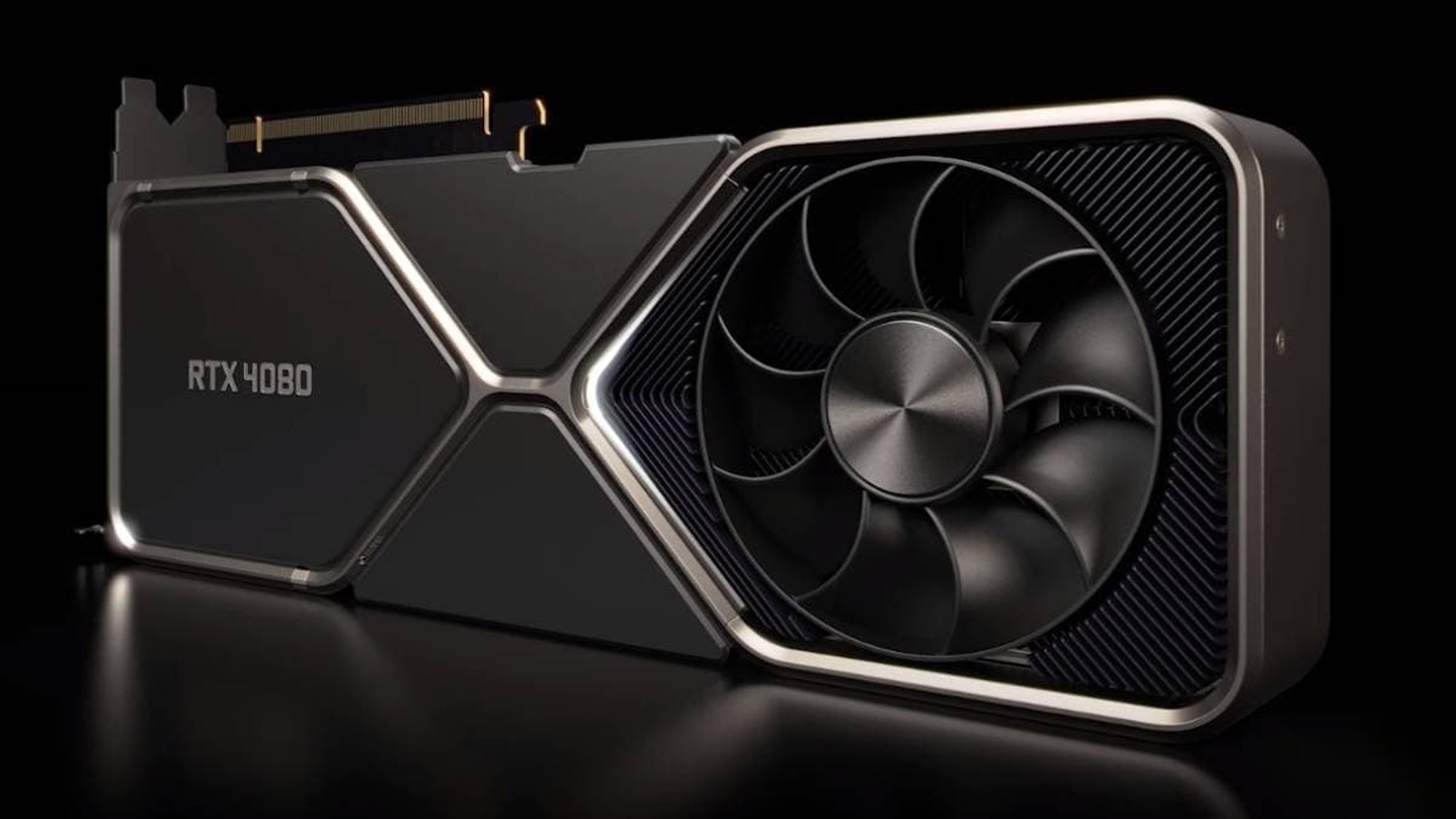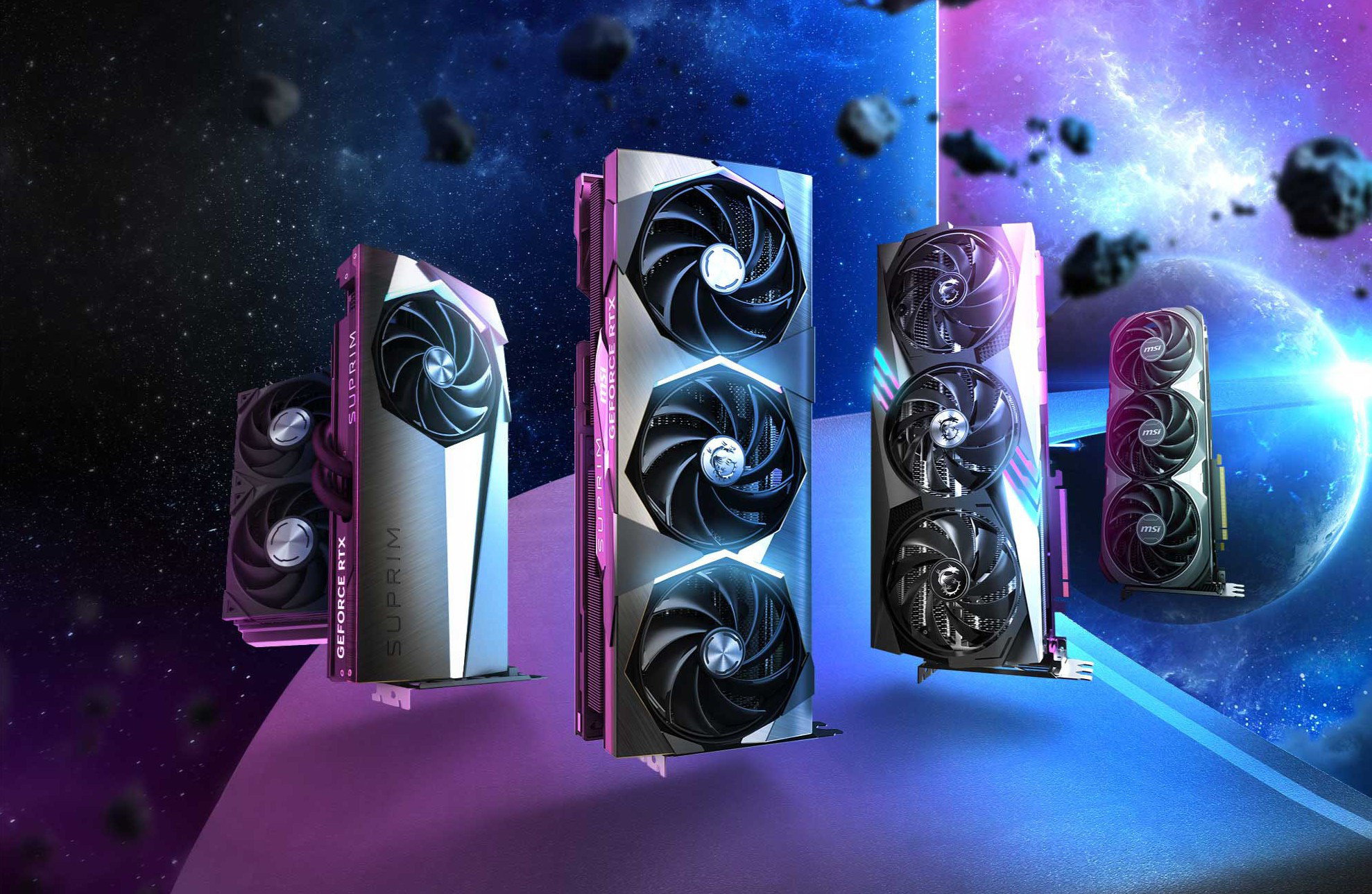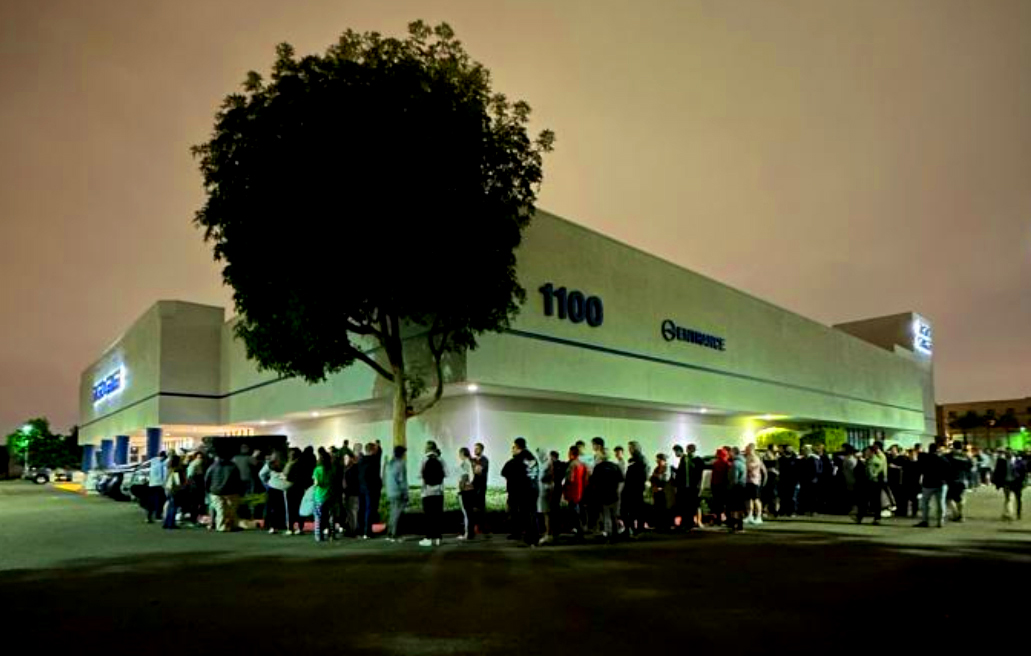Nvidia made the right call to ‘unlaunch’ the 12GB RTX 4080 – bring on the 4070
Let’s face it – that card was only going to lead to trouble

A few weeks ago, shortly after the official reveal of the Nvidia RTX 4090 and its two little siblings, the 16GB and 12GB flavors of the RTX 4080, I wrote an article here on TechRadar pointing out that the 12GB RTX 4080 held a dirty little secret.
You can read it right here, but I’ll give you the clipped version: that 12GB card isn’t just the 16GB model with slightly less video memory; it’s an entirely different GPU. More specifically, it’s the AD104 chip, rather than the AD103 found in the 16GB RTX 4080.
This presented some real issues for the card; we already knew before the reveal announcement that we would be getting cards with AD102, AD103, and AD104 chips. Speculation based on the naming conventions of previous generations of Nvidia GPUs led most to assume that the three cards we’d be getting would be the RTX 4090, RTX 4080, and RTX 4070 respectively.
The bottom line is that Nvidia did in fact make an RTX 4070, but then renamed it as the 12GB version of the RTX 4080 at some point before announcing the new cards. As I noted in my previous article, the performance gap between the 12GB and 16GB models of the RTX 4080 would be significant, to the extent that it was arguably misleading marketing from Nvidia to give them the same name.
Imagine my surprise and delight, then, when I saw that Nvidia had performed a sudden U-turn worthy of the British government and announced with very little ado that it would be ‘unlaunching’ the 12GB RTX 4080, effectively pressing pause on launch plans for the GPU.

Why was this a smart move?
It seems almost guaranteed that the two different versions of the RTX 4080 would have caused some confusion among consumers had both made it to the planned launch on November 16. In a brief statement on its website, Nvidia admitted (rather tactfully) that “it’s not named right”, and “having two GPUs with the 4080 designation is confusing”.
This level of candor is somewhat shocking to see from Nvidia – or any major player in the computer hardware industry, really. It’s rare to see such a major product launch hastily undone over something as minor as the naming, and even rarer to see the manufacturer issue a genuine admission of fault. If nothing else, Team Green has my respect for that.
Surprising honesty aside, this is generally just a very savvy move from Nvidia, correcting what could have been a genuine disaster. I have to wonder if discussions behind closed doors at Nvidia HQ invoked fears of a serious backlash once consumers realized there was a significant performance gulf between the 4080 12GB and its full-fat 16GB sibling. I wasn’t the only person to call the 12GB model into dispute; Jeremy Laird over at our fellow site PCGamer had some choice words on the matter, and I saw many on Twitter bemoaning Nvidia’s failure to properly communicate the difference between the two GPUs.
Presumably, the AD104 GPU will be re-launched in the near future with more appropriate branding – I’ll be shocked if it isn’t called the RTX 4070, frankly. Nvidia has been publicly handling this whole debacle rather well, confirming that it will reimburse its manufacturing partners for the cost of rebranding the canceled 4080 cards.

This GPU needs more than just a name change – the price tag needs to change, too
Nvidia is likely very aware that the steep asking prices of the new Lovelace RTX GPUs aren’t well suited to the current global economic crisis. Sure, those big queues outside hardware retailers paint the picture of high demand, but it’s more related to planned under-production of the RTX 4090 to drive FOMO among buyers.
With the flagship 4090 costing a brutal $1,599 (and being scalped for as much as $3,000 on eBay), the original pricing for the two RTX 4080 cards didn’t seem unreasonable. $1,199 for the 16GB model and $899 for the 12GB model was a lot, sure, but it at least aligned with the pricing of the flagship card. Knowing what we know now, $899 feels rather dodgy – especially when the current-gen RTX 3070 originally retailed at just $499.
Will the rebranded RTX 4080 12GB also see a price cut? I certainly hope so. Nvidia CEO Jensen Huang has made recent statements about the costs of high-end GPUs continuing to rise, something that both AMD and Intel have sternly rebuffed. Team Red and Team Blue have plenty of more budget-friendly options targeting mainstream gamers and professionals; hell, the RX 6900 XT has been practically plummeting in price.
Sure, there’s something to be said for targeting only the high end of the market. Let Intel and AMD squabble over the budget space, Nvidia seems to be saying – we only have to sell a thousand RTX 4090s to make what Intel will earn from selling five thousand Arc A770 cards. It’s an argument for quality over quantity, and I can appreciate it.
The problem there is that right now, many people just don’t have to cash to splurge on an expensive GPU. If you’re just looking to play games without spending too much money, Intel and AMD have some seriously competitive options in the 1080p and 1440p gaming space – not to mention the fact that if you shell out for an RTX 4090, you’ll also need an expensive 4K or 8K display to use it with.

It’s time for the RTX 4070 – and the 4060 and 4050, actually
If Nvidia maintains course and focuses wholly on the high end, it might maintain its profit margins, but it’ll lose visibility. The Green Giant (ho ho ho) has long been the dominant force in the discrete GPU market, but it’s started losing ground to AMD and Intel in recent months, likely due to the global drop in disposable consumer income.
It’ll be a slower death than the burnout of a company failing to sell products at all. Nvidia could feasibly become the manufacturer that presides over the domain of wealthy enthusiasts and professional creators, supplying the 3D animation industry with the hardware it needs to pump out visual masterpieces like Arcane or Spider-Man: Into the Spider-Verse.
The problem that arises then is that while Nvidia may continue to turn a profit, the consumer market will gradually shift away from it. I’ve already posited that discrete graphics cards might die in the not-too-distant future, and this would be the first step toward that. AMD and Intel can cover all bases with the integrated graphics found on their Ryzen and Core CPUs; Nvidia has no such recourse available to it.
As such, it’s time to reverse course. Let’s bring the focus back to the more affordable GPUs, Nvidia! You don’t need to have the most powerful graphics card on the planet; you just need to beat what your competitors are offering at the same price. The RTX 4090 is a vanity project that no consumer really needs, an answer to the question "could we?" rather than "should we?"
What we need right now, I humbly suggest, is the RTX 4070 – ideally priced just above the 3070, perhaps around the $599 mark. But don’t stop there either, Nvidia. Give us the RTX 4060 and 4050. In fact, what happened to the budget GTX 1600 series? The 1660 Ti was a great little GPU. Could we get a current-gen equivalent to those? An ‘RTX 3660’, perhaps?
Listen, you don’t need to spend more than a thousand bucks on a graphics card to play the best PC games. I love Nvidia, and I’m always happy to see Team Green push the boundaries of what GPUs can do, but the head honchos need to remember that in today’s economic landscape, value is king. Remember, folks: vote with your wallet. The decision to hit pause on the 12GB RTX 4080 is a good sign that Nvidia is paying attention.
Get daily insight, inspiration and deals in your inbox
Sign up for breaking news, reviews, opinion, top tech deals, and more.

Christian is TechRadar’s UK-based Computing Editor. He came to us from Maximum PC magazine, where he fell in love with computer hardware and building PCs. He was a regular fixture amongst our freelance review team before making the jump to TechRadar, and can usually be found drooling over the latest high-end graphics card or gaming laptop before looking at his bank account balance and crying.
Christian is a keen campaigner for LGBTQ+ rights and the owner of a charming rescue dog named Lucy, having adopted her after he beat cancer in 2021. She keeps him fit and healthy through a combination of face-licking and long walks, and only occasionally barks at him to demand treats when he’s trying to work from home.